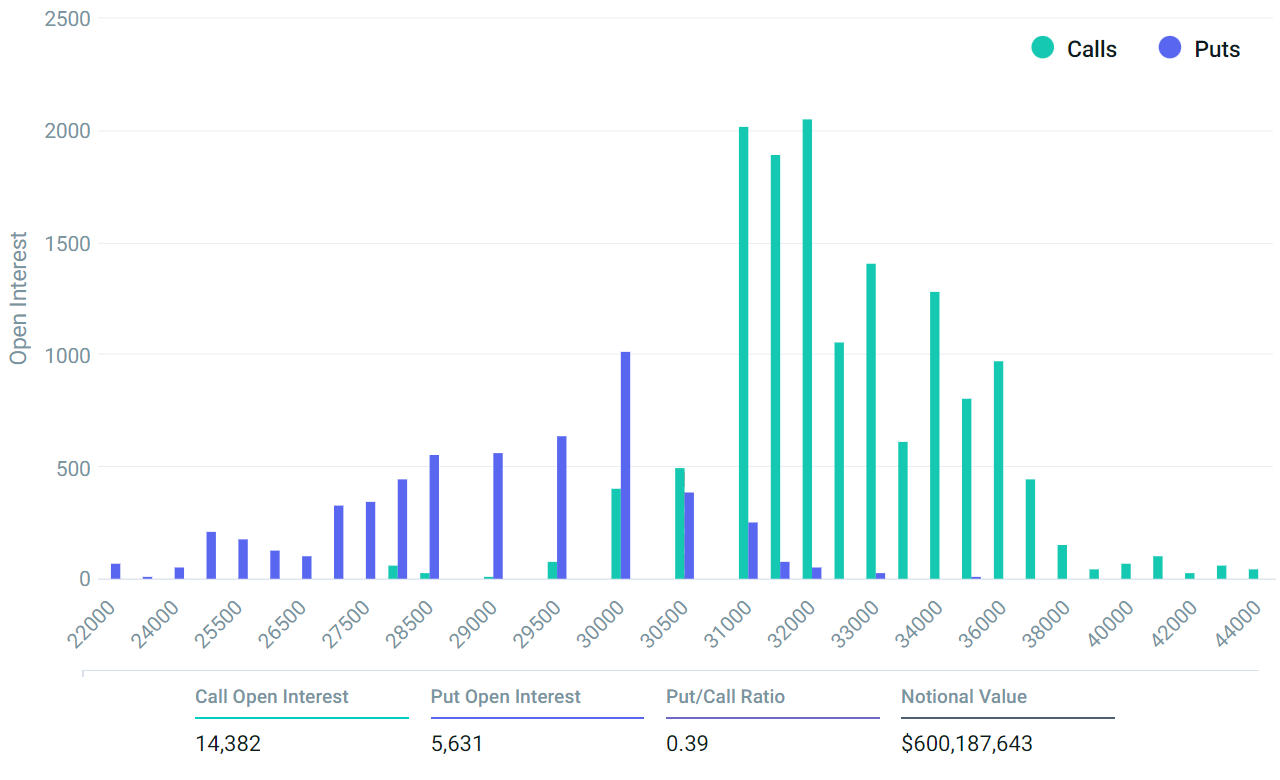This week’s Bitcoin (BTC) options’ expiry on Friday, July 21 could solidify the $30,000 resistance level and give the bears the upper hand for the first time since the 21% rally between June 14 and June 21.
Bitcoin options expiries coincide with volatility
A review of Bitcoin’s recent price action shows that three out of the last four BTC options’ expiries triggered significant price movements, making it crucial for traders to pay close attention to this event.
Notably, Bitcoin’s price has consistently shown strong reactions following the weekly 8:00 am UTC options’ expiry. While causation cannot be established, the magnitude of these price swings warrants extreme caution leading up to the weekly expiry on July 21.
Bitcoin bears benefit from stricter regulations
While this week’s options’ expiry could give bears control of Bitcoin price in the short term, bulls have the potential advantage of spot ETF proposals being reviewed by the U.S. Securities and Exchange Commission (SEC).
Although these proposals are still in the early stages of regulatory scrutiny, the slow progression could partially explain why the bears have managed to defend $31,000 multiple times since late June.
However, their best chance of keeping Bitcoin’s price below $30,000 lies in the worsening regulatory environment. On July 19, the global securities exchange Nasdaq suspended the launch of its cryptocurrency custodian solution due to a lack of regulatory clarity in the U.S. This change of plans was justified by Nasdaq’s CEO, Adena Friedman.
Related: Bipartisan bill to regulate DeFi, crypto security risks introduced into US Senate
Furthermore, on July 14, cryptocurrency exchange Coinbase announced the suspension of its staking services for clients in California, New Jersey, South Carolina, and Wisconsin. This decision followed a June 6 lawsuit from the SEC, accusing the exchange of operating as an unregistered security broker since 2019.
Bitcoin bulls’ over-optimism leads to a disappointing outcome
Bitcoin’s price briefly surpassed $31,000 on July 13 and July 14, fueling bullish bets by traders using options contracts. However, a four-hour correction brought the price back down to $30,000.

The 0.39 put-to-call ratio reflects the difference in open interest between the $430 million call (buy) options and the $170 million put (sell) options. However, the outcome will be lower than the $600 million total open interest since the bulls were overconfident.
For example, if Bitcoin’s price trades at $30,500 at 8:00 am UTC on July 14, only $18 million worth of call options will be accounted for. This distinction arises from the fact that the right to purchase Bitcoin at $31,000 or $32,000 becomes invalid if BTC trades below those levels upon expiration.
Below are the three most likely scenarios based on the current price action. The number of options contracts available on July 21 for call (buy) and put (sell) instruments varies depending on the expiration price. The imbalance favoring each side constitutes the theoretical profit:
- Between $28,000 and $30,000: 100 calls vs. 2,400 puts. The net result favors the put (sell) instruments by $70 million.
- Between $30,000 and $31,000: 600 calls vs. 1,800 puts. The net result favors the put (sell) instruments by $35 million.
- Between $31,000 and $32,000: 3,100 calls vs. 1,400 puts. The net result favors the call (buy) instruments by $55 million.
Considering the recent weak macroeconomic indicators, it’s likely that bears will continue suppressing Bitcoin’s price until Friday’s expiry. Moreover, China’s second-quarter gross domestic product (GDP) grew by 6.3% year-on-year, falling short of the 7.3% market expectation. Meanwhile, U.S. retail sales in June increased by 0.2% from the previous month, below the 0.50% consensus.
Consequently, the bulls find themselves in a challenging position as their call (buy) instruments will be invalidated if Bitcoin’s expiry price falls below $30,000. Therefore, the bears’ $35 million favorable outcome may not be a significant win, but it does increase chances of $30,000 becoming a new resistance area.
This article is for general information purposes and is not intended to be and should not be taken as legal or investment advice. The views, thoughts, and opinions expressed here are the author’s alone and do not necessarily reflect or represent the views and opinions of Cointelegraph.




